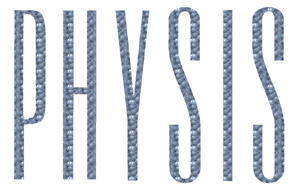The comparative method is one of hístorical sociology's indispensable tools. Focusing on a century of cholera epidemics in a numbcr of countries, the present comparative study endeavors to show how one same historical-social phenomenon displays sharp contrasts across time and space in the impacts il has on culture, society, and poliíics. For example, dissimilar state-building processes have left deep marks on lhe nature of administra-tive apparatuses in different countries, leading each nation to develop its own distinct forms of sanitary organizations and its own ways of combaling cholera cpidemics. At the same lime, historical comparative analysis makes it possiblc to pick out patterns of rclationship between illness and society within thcse differentiated contexts. Despite their differences, in various national communities the ethical values, beliefs, and behavior patterns that social classes, the medicai profession, religious groups, and government administrations have displayed towards cholera reveal certain practically invariable symbolic patterns. Comparative analysis' madc it possible, for example, to detect that in the mid-nineteenth century everyone in Rio de Janeiro as well as in New York saw cholera as a punishment from God, a disease which struck First at those whose social behavior was "censurabie". There is a twofold purpose in this arlicle's narration of the human tragedy of the New York experience with cholera: (1) to show how a sociology of evereyday life can reveal complex interactions between illness, individual, and society in a nineteenth-century metropolis and (2) to show how the analysis of a different historical experience - in this case, the United States - can uncover strong contrasts and similarities with Brazil. Such knowledge of another reality is a challenge in learning how the Brazilian population has faced this epidemic disease. In terms of the disease's macro-historical effects, rising death rates had a less brutal impact than social and psychological factors, that is, the terror sparked by cholera within the day-to-day lives of families. From an epidemiological viewpoint, the article tells how these epidemics were products of a major hreakdown in the balance between microparasite and human host in Asia, a brcakdow that can be traced to intensified population migration prompted by European im-perialism. Starting out from índia, these cpidemic waves swept swiftly across Europc and the Américas, affecting above ali poor populations and those residing in unhealthy areas. This is the general picture discussed in the present article, in which historical sociology borrows some of William McNeill's more enlightening analyses in historical epidcmiology.
